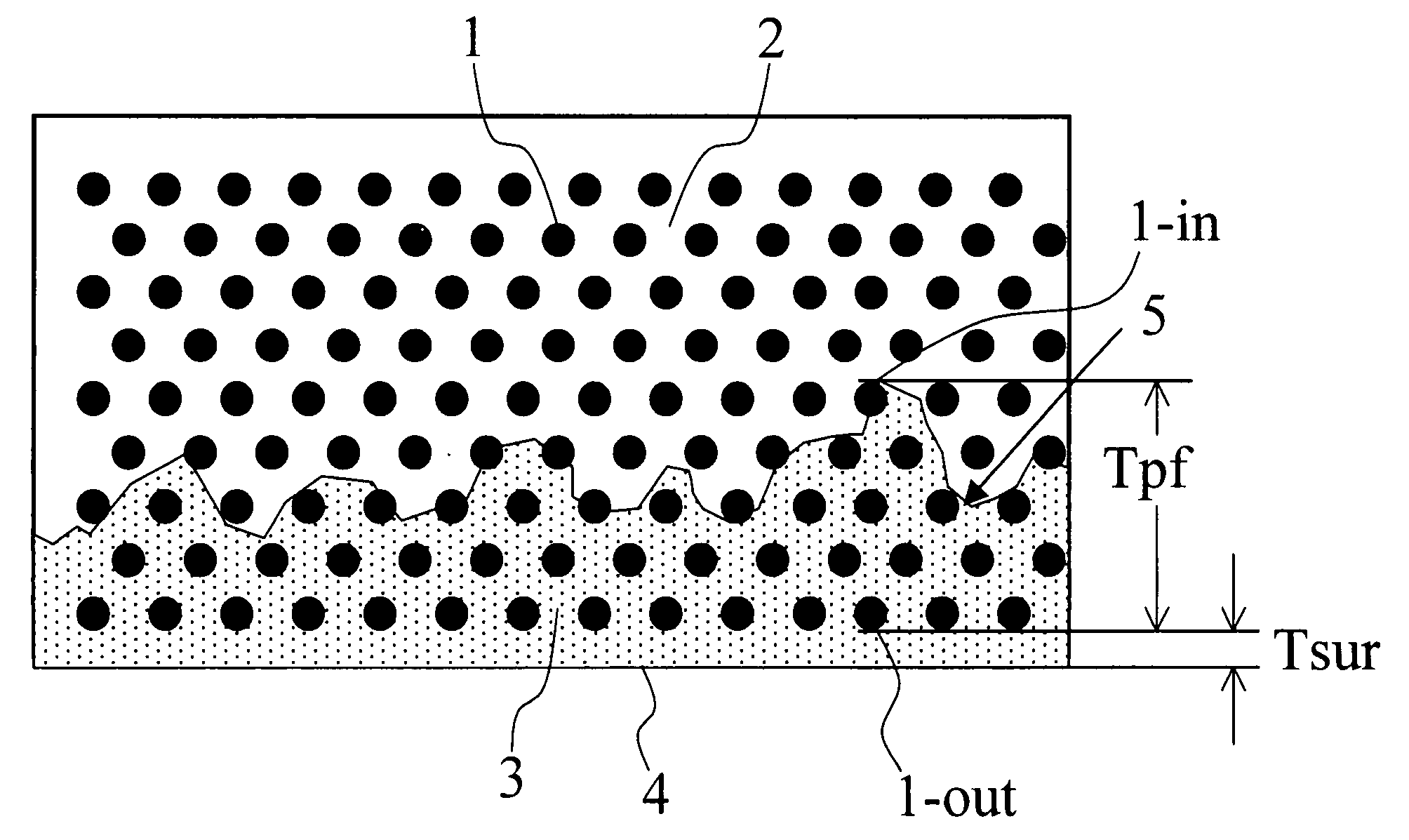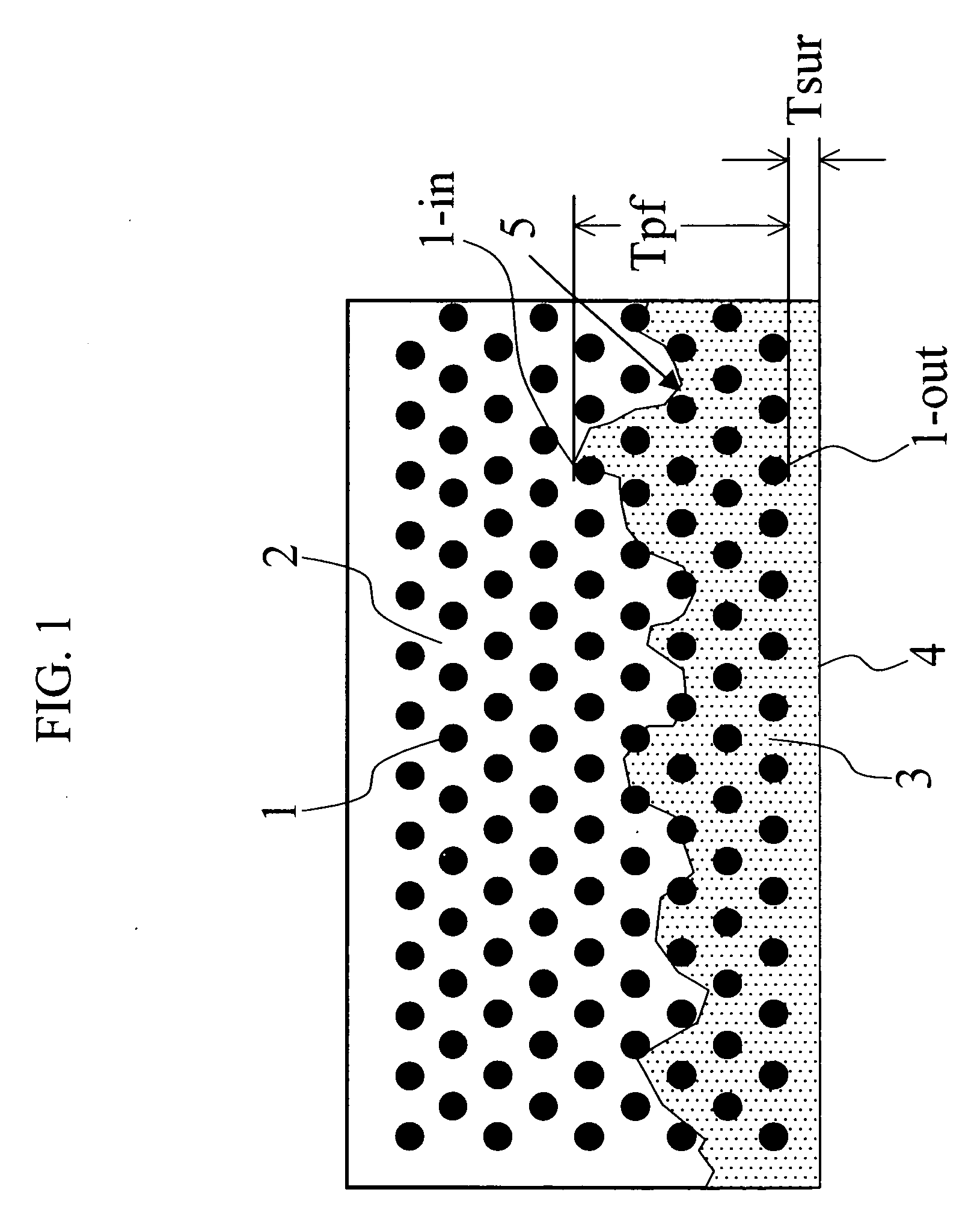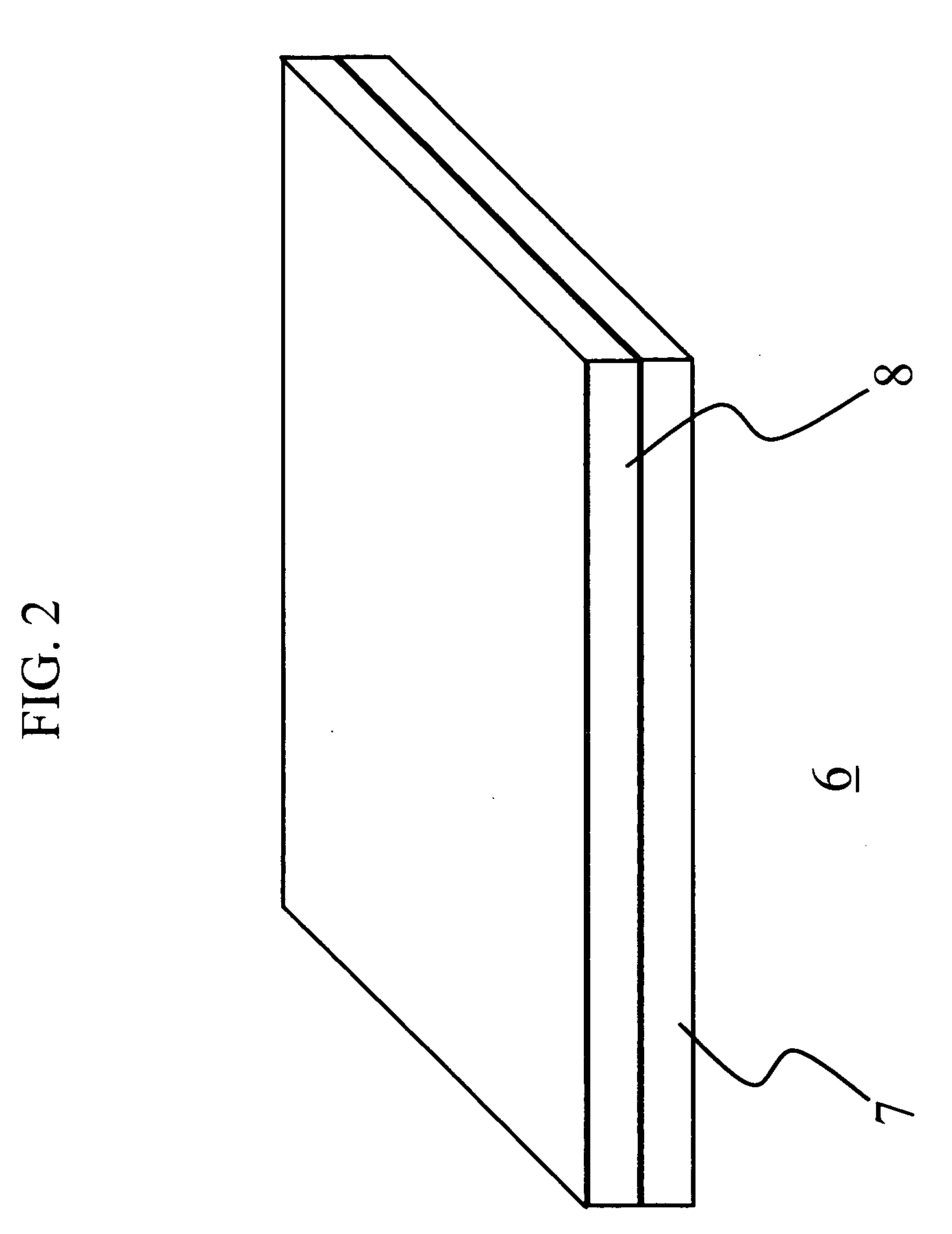Epoxy Resin Composition for Carbon-Fiber-Reinforced Composite Material, Prepreg, Integrated Molding, Fiber-Reinforced Composite Sheet, and Casing for Electrical/Electronic Equipment
a technology of carbon fiber reinforced composite materials and epoxy resins, applied in the direction of synthetic resin layered products, packaging, domestic packaging, etc., can solve the problems of affecting the safety of electrical/electronic equipment, etc., to achieve superior flame retardance and mechanical properties, and light weight
- Summary
- Abstract
- Description
- Claims
- Application Information
AI Technical Summary
Benefits of technology
Problems solved by technology
Method used
Image
Examples
example 1
[0205]The raw materials shown in Table 1 were mixed in kneader through the following procedure to produce an epoxy resin composition in which polyvinyl formal was uniformly dissolved. The figures shown in Table 1 with respect to resin compositions are in parts by weight (hereinafter the same applies).
[0206](a) Polyvinyl formal was uniformly dissolved in epoxy resin by stirring the mixture of epoxy resin raw materials and polyvinyl formal for 1 to 3 hours while heating the same at 150 to 190° C.
[0207](b) The temperature of the resin was decreased to 90 to 110° C., and a phosphorus compound was added to the mixture, followed by stirring for 20 to 40 minutes.
[0208](c) The temperature of the resin was decreased to 55 to 65° C., dicyandiamide and 3-(3,4-dichlorophenyl)-1,1-dimethylurea were added and kneaded at the same temperature for 30 to 40 minutes, and taken out from the kneader to obtain a resin composition.
[0209]The viscosity of the resin composition at 60° C. determined in accord...
examples 2 to 5
[0213]Epoxy resin compositions were prepared in the same manner as in Example 1, provided that the amount of a red phosphorus flame-retardant, “NOVARED” 120, added was changed from 3 parts by weight to 6, 10, 15 and 2 parts by weight, respectively. The evaluation of the properties for each resin composition showed that there was little difference in viscosity and specific gravity between each resin composition and the resin composition of Example 1. The curability of each resin composition was almost the same as that of the resin composition of Example 1. The tackiness of a prepreg was suitable, except a prepreg prepared using the resin composition in which 15 parts of the red phosphorus flame-retardant was added. However, in a prepreg prepared using the resin composition having 1.5 parts of red phosphorus flame-retardant added, the tackiness was somewhat poor, but there was no trouble in handling.
[0214]Prepreg and a fiber-reinforced composite sheet were prepared using each resin co...
examples 6 to 7
[0217]Resin compositions, prepregs and fiber-reinforced composite sheets were prepared in the same manner as in Example 1, provided that “OMICURE” was used, instead of DCMU, as a curing accelerator. The evaluation of the properties was made for each resin composition, a prepreg and composite sheet. The resultant resin compositions were curable at 150° C. in 3 minutes, and the mechanical properties of the composite materials were good, like those of Examples 1 to 4. The flame retardance of the resultant composite sheets was judged V-0 for not only the test pieces having a thickness of about 0.6 mm, but the test pieces having a thick ness of about 0.4 mm and about 0.2 mm, respectively.
PUM
| Property | Measurement | Unit |
|---|---|---|
| Temperature | aaaaa | aaaaa |
| Temperature | aaaaa | aaaaa |
| Temperature | aaaaa | aaaaa |
Abstract
Description
Claims
Application Information
 Login to View More
Login to View More - R&D
- Intellectual Property
- Life Sciences
- Materials
- Tech Scout
- Unparalleled Data Quality
- Higher Quality Content
- 60% Fewer Hallucinations
Browse by: Latest US Patents, China's latest patents, Technical Efficacy Thesaurus, Application Domain, Technology Topic, Popular Technical Reports.
© 2025 PatSnap. All rights reserved.Legal|Privacy policy|Modern Slavery Act Transparency Statement|Sitemap|About US| Contact US: help@patsnap.com



